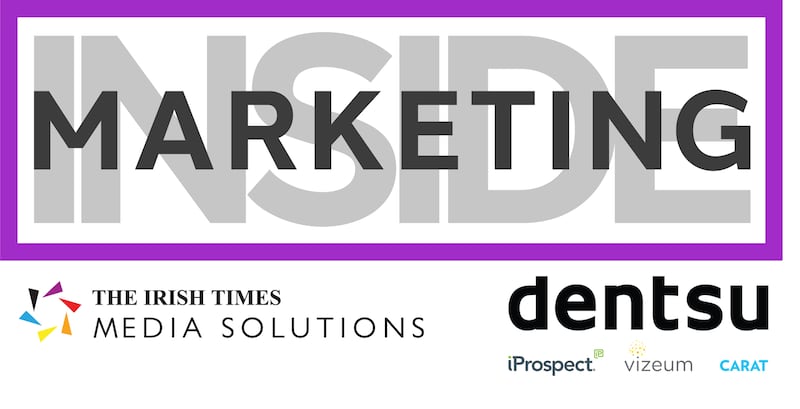At this point everyone knows Google will phase out the use of third party cookies at a browser level by 2022. Rather than look for a stay of execution, now is the time to pivot our thinking and start to create opportunity.
There is no denying we rely heavily on third party cookies to inform digital media campaigns. They help us pinpoint specific behaviour, maintain cross-campaign frequency, retarget intent and help us develop greater audience understanding. All these elements are incredibly important when building our digital strategies and delivering outcomes as cost efficiently as possible.
Eight months after Google’s announcement we’re still experiencing an overwhelming sense of panic and despair. “It’s the death of personalisation”, “programmatic will never survive” or “end of display”. Or we hear counter conversations describing tech solutions as single set taxonomies, connected walled gardens, communal login identifiers and non-cookie identification models, all of which seem complicated at best. But what do these solutions mean, will they be affordable in the Irish economy? Will further complexities simply bake on more technology costs and inflate CPM rates?
Let’s be realistic, Google is not doing this to cripple display, or publisher revenue. It’s about futureproofing privacy and safety of the online ecosystem for users. Google is merely following suit, Safari and Mozilla Firefox already implemented this policy, but with Chrome’s reach, the effect is seismic.
We must also be cognisant that Google is not just going to close the door on third party cookies: the industry is working on a solution. We know Google has created a privacy sandbox where all parties involved in the ecosystem can contribute. Its federation learning cohort is an approach powered by machine learning to create cohorts called flocks. Flocks are created through browser history as a group rather than individually, without personal-level identification. As the machine learns, it continues to flock users into groups advertisers can target. The problem is we don’t have visibility on it yet, so like most things, the future is hazy with lots of unknowns.
Let’s take control
One thing is for sure, we are at an impasse. But we have an opportunity. I will freely admit that for many years I have started to lose faith in display as a channel. At first, we used display to simply extend campaigns online, we then got creative with rich media and smarter through contextual targeting. We added cross-publisher behavioural targeting and then got scientific through programmatic allowing us pinpoint personas and intent through a simple buy.
Trumped effectiveness
But issues quickly arose. Efficiency trumped effectiveness as pressure mounted on buyers to buy as cheaply as possible. 30-day impression windows threw up questionable correlations densely layered with minimal causation. Trading desks created black holes in relation to cost and placements leading to transparency concerns. Many got greedy, assaulting websites with too many placements, popups and video formats. New technology brought complexity and fraud, we saw ad-stacking, non-visible placements and of course, safety issues.
Unsurprisingly the consumer pushed back, sick of being stalked around the web, and worried about data they lost trust. Frustrated by bad user experience they took shelter in adblockers. The reason that 48 per cent of Irish internet users claim to use adblockers is not because they don’t like ads per se, it’s because they grew tired of being mistreated.
Now is the time to re-think a better future of display, to put the consumer first. Media agencies must think about how we approach, activate and measure display. Publishers must bring quality and value back to placements that were once so powerful. Creative agencies must create for display and interrogate user-experience.

Let’s shape a conversation that is not met with doom and gloom. Let’s change the “death of, demise of” narrative and embrace positive change. All is not lost. Now is the time to reshape the digital ecosystem and build privacy standards. Getting rid of third-party cookies is the catalyst the industry needs to look at how we plan digital for the future.
There are lots of unknowns, but we have guidelines to ensure we're always designing for people, not proxies, and futureproofing for a cookie-less world.
Meabh Connellan is group strategy director at Dentsu Aegis Network
For more information, you can visit irishtimes.com/insidemarketing.
The Inside Marketing podcast is available on Soundcloud.











